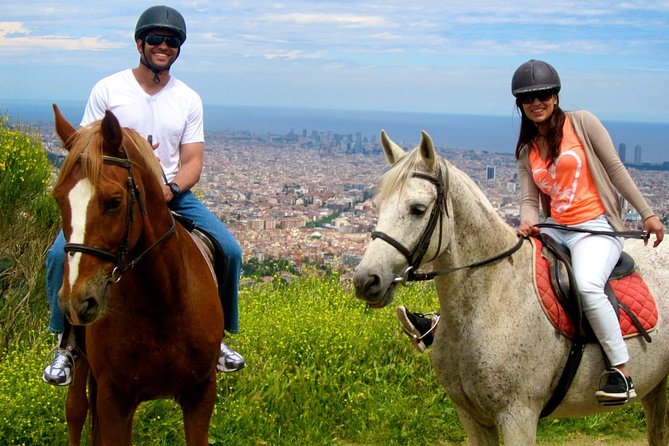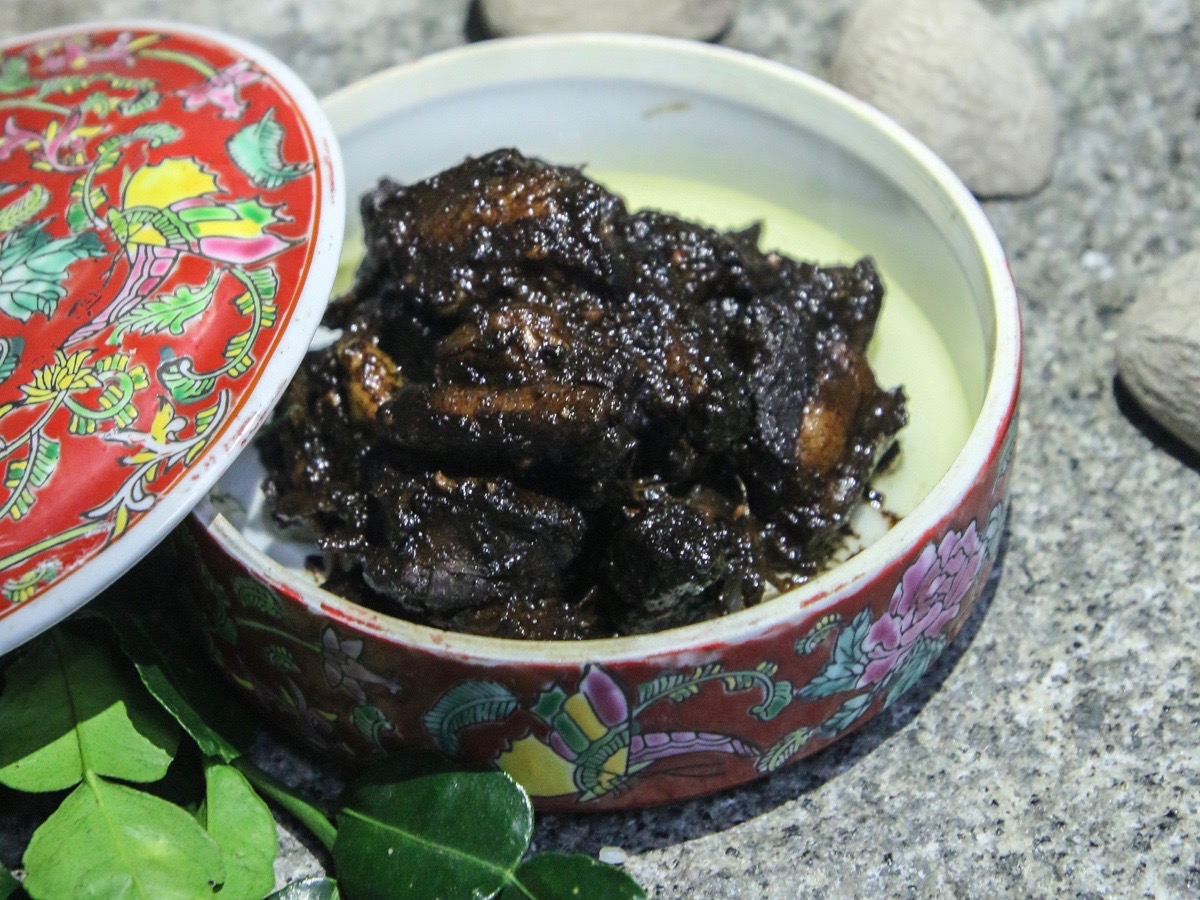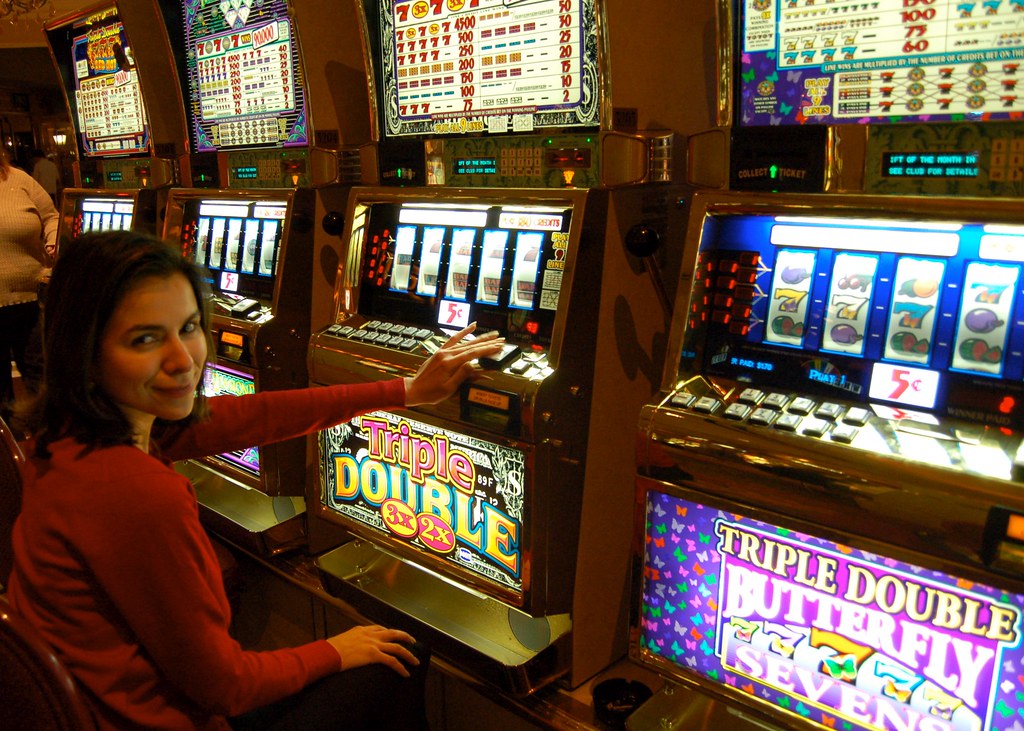Horseback Riding 101: Safety Guidelines

Horseback riding and other equestrian activities keep our mind and body engaged, but sometimes, accidents still happen. Back in 2017, more than 48,000 people were treated in emergency rooms due to horseback-riding injuries, and what’s surprising is that this figure is comprised of both beginners and experts.
So what could cause horse riding injuries? This information should motivate you to improve your training and upgrade your gear to the best kind. If you need saddles and other equipment, get in touch with reputable suppliers.
Horse’s disposition
The most frequent cause of equine injuries is, unsurprisingly, the horse itself. Despite years of training, horses can still be creatures with unexpected tendencies. The horse might have been stressed before the ride or spooked by an imprudent equestrian.
The most common instance is throwing the rider off the saddle, which accounts for about 80% of injuries. Other than that, a horse can be reared, kicked, or whiplashed once the animal bolts into a gallop.
Equipment issues
In the middle of a ride, a leather buckle can break. Also, a saddle can slip either due to incorrect positioning or to natural deterioration. Injuries can also arise from wearing the wrong riding apparel or neglecting to conduct a safety check before mounting.
Thus, a regular checkup is necessary. This should ensure that everything is in peak condition – tack, girth strap, reins, among others – and that the rider is wearing proper gear, including a helmet and safety stirrups.
A lack of experience
In equestrianism, there’s a term known as “green horse,” which pertains to riders with inadequate knowledge. While most injuries reflect the horse’s attitude toward its rider, sometimes it’s the other way around. Some riders mistreat their horses due to a lack of training.
Incorrect lunging, wrong techniques in mounting and dismounting, or riding while intoxicated can all lead to spinal and lumbar injuries.
Environmental factors
Some injuries happen when either the horse or rider struggles with the natural environment. For example, a wet terrain can hamper a horse’s gait. Also, when the sun shines too brightly, it’s difficult to guide the horse.
Do you know that changes in your horse’s temperament can be a sign of an incoming storm? In this case, your horse might become fearful, tense, or apprehensive, posing dangers even to an experienced rider.
Factors beyond riding
Injuries can also be caused by things outside of the horse’s and rider’s control. For example, sharp noises from revving engines, car horns, or rowdy spectators can all startle a horse. A beginner disobeying the handler or an outsider surprising the horse from behind are also prime causes of injuries.
It doesn’t even need to happen in the ranch; horses can also respond unexpectedly while they are groomed or fed inside the stable or being led to their trailer.
Sometimes, horseback-riding injuries are inevitable because horses are hard to control. With that in mind, you should know which body parts to protect the most and how to reduce your risk of injuries.











